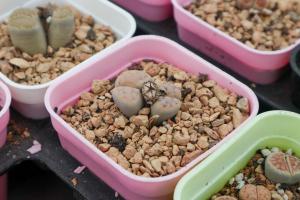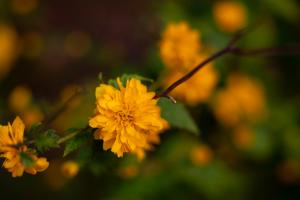When to Plant Fruit Trees in Northern California
When it comes to planting fruit trees in Northern California, timing is everything. The region’s Mediterranean climate offers a long growing season, but trees must be planted at the right time to ensure successful growth and a bountiful harvest. In this article, we’ll discuss the best time to plant fruit trees in Northern California and provide some tips for ensuring your trees thrive in the local environment.
Early Winter Planting
In most parts of Northern California, the best time to plant fruit trees is in late fall to early winter, between November and February. During this period, the trees are in a state of dormancy, and the soil is moist and cool, ideal conditions for root growth. Planting during the dormant season also allows the trees to establish a strong root system before the warm spring and summer months when they will put their energy into producing flowers and fruit. The earlier in the planting season you can get your trees in the ground, the better chance they will have to establish themselves before the onset of the hot summer months.
Spring Planting
If you miss the winter planting season, you can also plant fruit trees in the spring, but you’ll need to be careful to do so early enough in the season that the trees can establish themselves before the summer heat arrives. Late-spring planting can also be successful in milder coastal areas, where temperatures remain moderate year-round. If you must plant in the spring, make sure you do it as early as possible to give your trees the best chance to grow deep roots.
Fall Planting
Fall planting is also possible in Northern California, though it requires careful timing. Trees planted in the fall need enough time to establish a strong root system before they go dormant for the winter. This means planting in September or early October, giving the trees enough time to settle in and build a foundation of strong roots. Fall planting offers some advantages over spring planting, including cooler temperatures and ample soil moisture, but it’s a risky strategy that requires careful planning and execution.
Tips for Successful Planting
No matter when you choose to plant your fruit trees, there are a few tips you should follow to ensure strong growth and a healthy harvest. First, choose a sunny location with well-draining soil. Fruit trees require at least six hours of sunlight each day, so make sure your planting site is not shaded by buildings, trees, or other structures. The soil should be well-draining to prevent waterlogged roots, but also retain moisture to keep the roots from drying out.
When planting, dig a hole that’s two to three times wider than the root ball but no deeper. Gently loosen the roots and spread them out to encourage growth. Plant the tree so that the graft union, a bulging area near the base of the trunk, is above ground level. This will prevent the tree from sending up shoots from the rootstock. Once planted, water your tree deeply and mulch around the base to retain moisture and control weeds.
Conclusion
Planting fruit trees in Northern California requires careful timing, but with the right conditions and techniques, you can enjoy a bountiful harvest. Whether you plant in the winter, spring, or fall, choose a sunny location with well-draining soil, and plant in a hole that’s two to three times wider than the root ball. With proper care and attention, your fruit trees will thrive in the local climate, producing delicious fruit for years to come.

 how many times do yo...
how many times do yo... how many planted tre...
how many planted tre... how many pine trees ...
how many pine trees ... how many pecan trees...
how many pecan trees... how many plants comp...
how many plants comp... how many plants can ...
how many plants can ... how many plants and ...
how many plants and ... how many pepper plan...
how many pepper plan...































